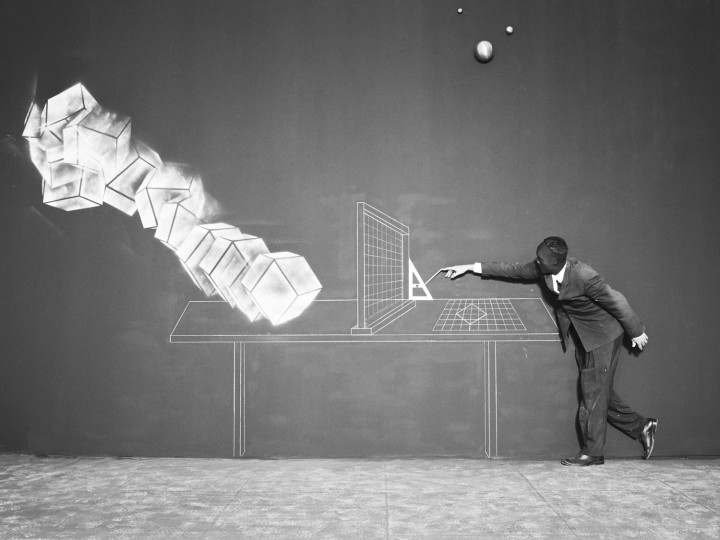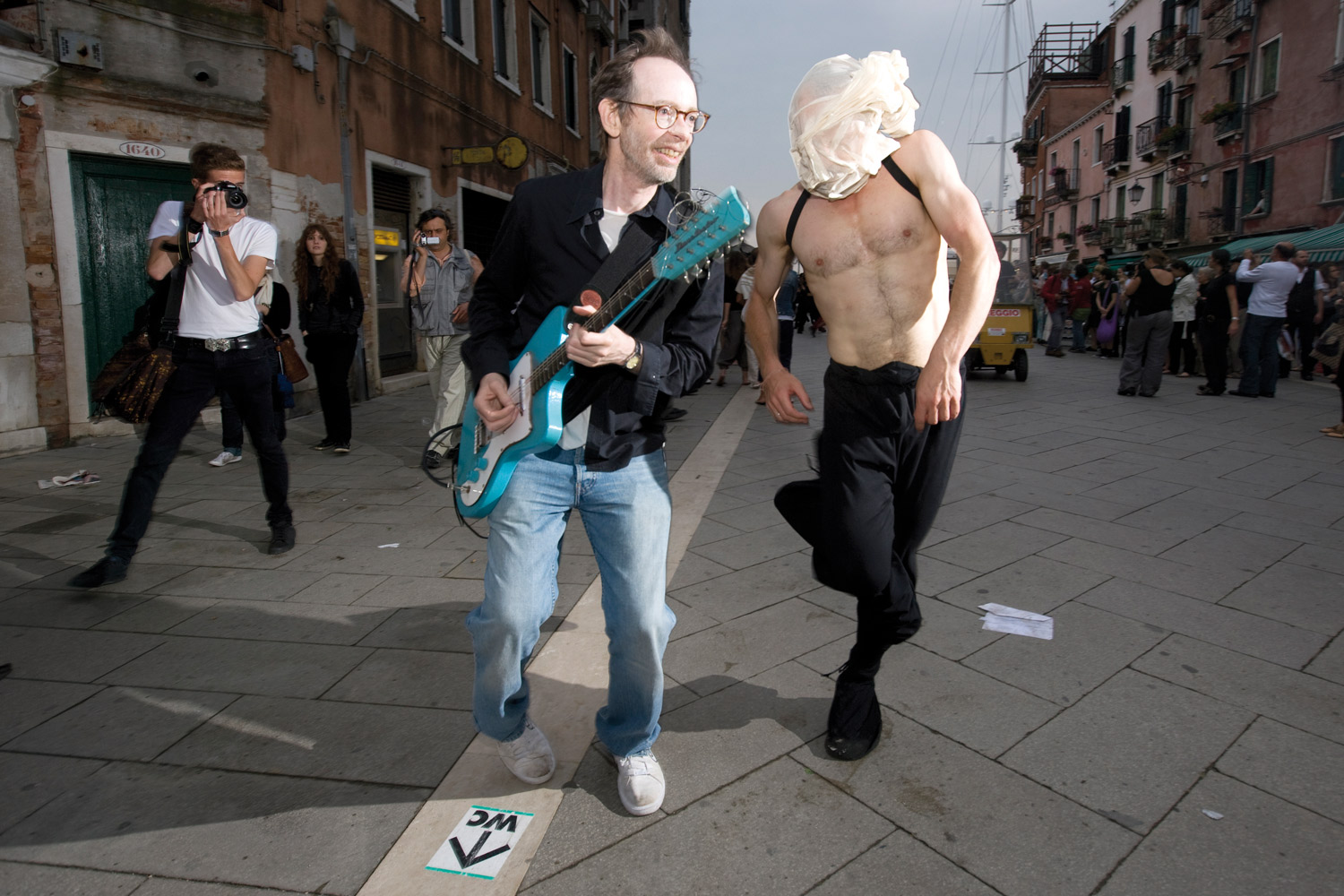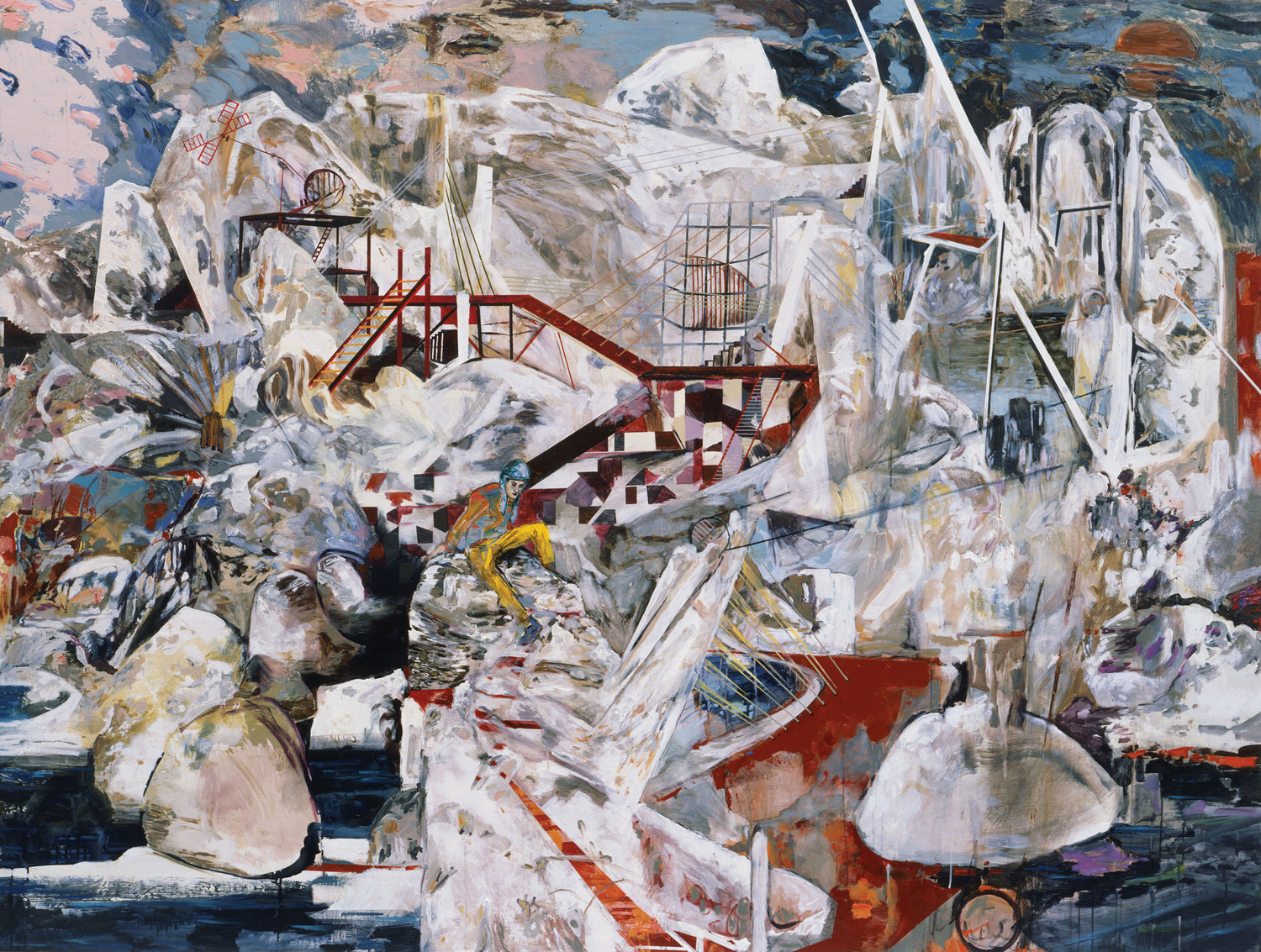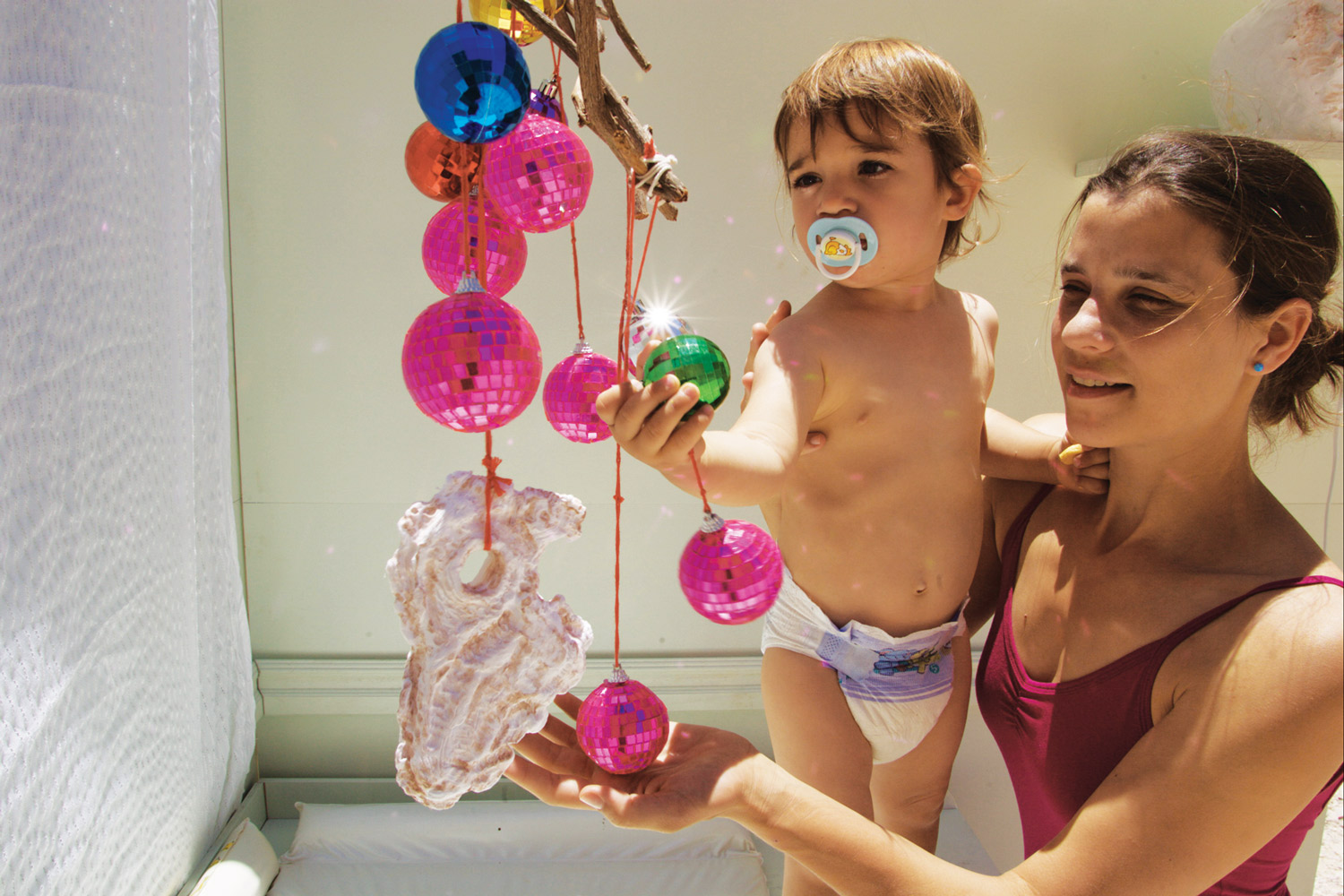
Pictures At an Exhibition, Modest Mussorgsky’s 1874 composition inspired by the paintings of Viktor Hartmann, was the ground on which pianist Leif Ove Andsnes and Robin Rhode met, on the occasion of Pictures Reframed (2009) at the Risør Kammermusikkfest in Norway last June.
Mussorgsky’s Pictures is a visionary piece designed to recreate the experience of visiting an exhibition. A fairly open piano composition, it allows performers to be experimental without being irreverent to the original score, as various interpreters, from jazz master Duke Ellington to progressive rock supergroup Emerson Lake & Palmer, have proved over the years. The idea of proposing Rhode as potential partner to Andsnes in this enterprise was suggested by curator Laurence Dreyfus. In retrospect, it only seems apt.
Rhode’s work is extremely musical and rhythmical, and his recent twist towards more abstract forms and slick black-and-white tones, as opposed to the hip-hoppy Johannesburg street works featured in his early efforts, embraces elements of Dadaism and Constructivism — a natural enough development for an artist constantly interested in exploring mark-making and geometry, and clearly all the more appropriate for this onstage enterprise.
Subverting Mussorgsky’s attempt to give a musical form to Hartmann’s images, Andsnes and Rhode added a further passage, with Rhode visually responding to Andsnes’s fresh interpretation of the Russian composer’s suite.
Promenade (2008), the opening segment, was already viewed at the Hayward Gallery in London last October, and represents the smoother opening to the recurring theme, with a character wrestling with a mass of white cubes symbolizing Mussorgsky’s growing pains and his tormented youth as cadet in the Russian Army.

“Bydlo,” the suite’s fifth segment and one of Mussorgsky aficionados’ favorites, introduces the first serious shift. The low notes describing the ox cart are matched by a film depicting the surrounding area of a windy train station with an empty train running.
The desolation and the decay of the scene works as a metaphor both for the rural worker’s journey to the goldmines during South Africa’s most dramatic time as well as the persecutions suffered by millions of Jews during the war. It’s a very powerful moment that solemnly unifies the struggles of the people on the two hemispheres where the artists are from. Whereas some of the images move as perfectly timed to coincide with the music, others steer in the opposite direction with surprising results. In “Marketplace at Limoges” for example, a pair of hands play a keyboard made of chalk, generating a series of white traces that although rhythmically dissonant with what’s happening on stage, reflect well Mussorgsky’s attempt to create images with music.
As in every good show, Rhode and Andsnes saved the most spectacular part for the finale, “Great Gate of Kiev,” with the pianist flooded by torrents of water while performing in a disused shipyard. It’s a highly theatrical moment, and an effective indicator of how working on a different existing format can constitute a liberating experience for both artists.
Following the Norwegian premiere, Pictures Reframed will embark a world tour of 22 dates, starting at Lincoln Center in New York this November. Rhode and Andsnes won the first gamble by putting together a show in which two disparate disciplines, contemporary art and classical music, interact magnificently; the second big challenge will be to see if the fruits of their dialogue will be successfully extended to their respective audiences.





